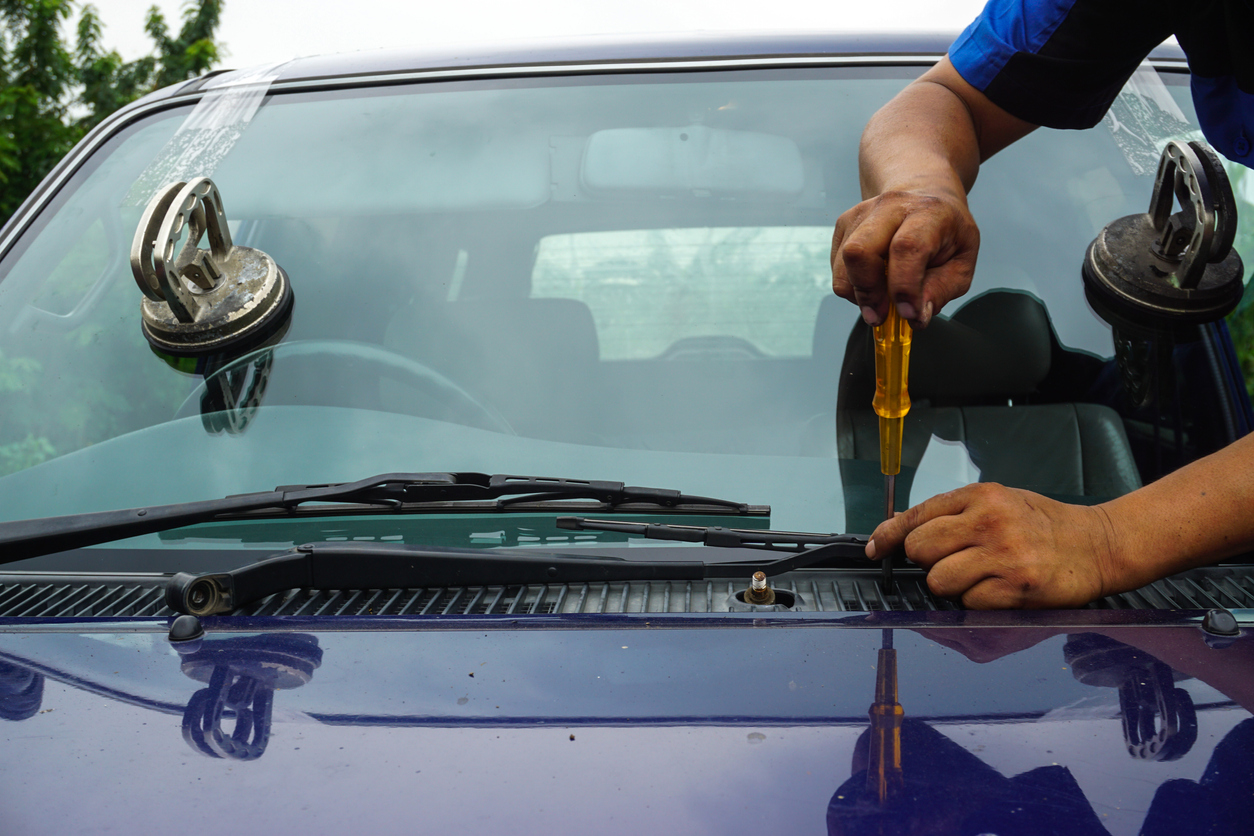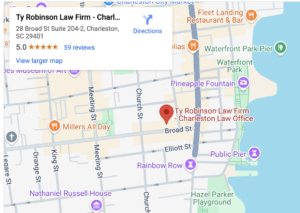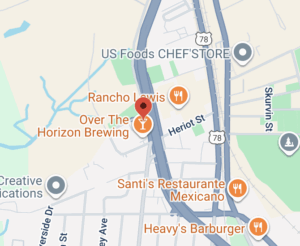Ty Robinson | August 20, 2025 | Car Accidents

If you’re thinking about adding tinted windows to your vehicle in South Carolina, it’s important to understand the state’s tint laws. Window tint can improve privacy, reduce glare, block harmful UV rays, and keep your car cooler—but installing tint that doesn’t meet legal standards could result in fines, the need to remove it entirely, or even a car accident.
This guide explains South Carolina’s window tint regulations in clear, simple terms so you can stay compliant while enjoying the benefits of tinted glass.
Why Window Tint Laws Exist
Window tint laws are designed to balance driver comfort and safety with law enforcement needs. While dark tint can make driving more comfortable, it can also reduce visibility for drivers—especially at night—and make it harder for police to see inside a vehicle during traffic stops.
By regulating the amount of light that can pass through tinted glass, South Carolina aims to ensure safer driving conditions for everyone on the road. Understanding these rules helps you avoid costly mistakes and keep your car within the legal limits.
Key Terms to Understand
Before diving into the specific laws, it’s helpful to know a few key terms used in tint regulations:
- VLT (visible light transmission): The percentage of visible light that can pass through the window and tint film. Lower VLT means a darker tint.
- Reflectivity: The percentage of light that is reflected away from the window. Highly reflective tint can cause glare for other drivers.
- AS-1 line: A line etched into most windshields by the manufacturer, typically a few inches from the top, indicating the area where tint can be applied.
Knowing these terms will make it easier to interpret South Carolina’s tint requirements.
South Carolina’s Window Tint Requirements
South Carolina law sets standards for different types of vehicles and windows. These rules apply to passenger vehicles such as sedans, SUVs, and vans. The standards are:
- Front side windows: Must allow more than 27% of visible light through. This means your front windows cannot be too dark—you should still be able to see inside the car from the outside during daylight.
- Back side windows: Must also allow more than 27% of visible light through, whether you’re driving a sedan, SUV, or van.
- Rear window: Must allow more than 27% of visible light through, regardless of vehicle type.
- Windshield: Non-reflective tint is allowed above the AS-1 line or the top five inches of the windshield. The rest of the windshield must remain untinted.
These rules ensure that drivers maintain good visibility and comply with safety standards.
Window Tint Reflection Limits
South Carolina law not only regulates how dark tint may be, but also limits how reflective it can appear. Tint that is highly mirrored or metallic is prohibited, and both the front and back side windows may not reflect more than 20% of light.
This rule applies to all passenger vehicles. Choosing a non-mirrored tint is the safest way to ensure compliance.
Driving Confidently With Legal Tint
By staying compliant with South Carolina window tint laws—keeping side and rear windows at 27% visible light transmission or higher, limiting windshield tint to above the AS-1 line, and avoiding reflective films—you reduce the risk of fines, disputes, or accidents. If questions or legal concerns arise, an experienced lawyer can guide you through the process and safeguard your future.
To learn more, contact Ty Robinson Law Firm to schedule a free consultation with a South Carolina personal injury attorney.
Contact Our Charleston Car Accident Lawyers At Ty Robinson Personal Injury & Car Accident Law Firm Today
If you were injured in an accident in Charleston, South Carolina, and need legal help, contact our Charleston car accident lawyer at Ty Robinson Personal Injury & Car Accident Law Firm to schedule a free case review today.
Ty Robinson Personal Injury & Car Accident Law Firm
28 Broad St Suite 204-2
Charleston, SC 29401
(843) 278-2222



